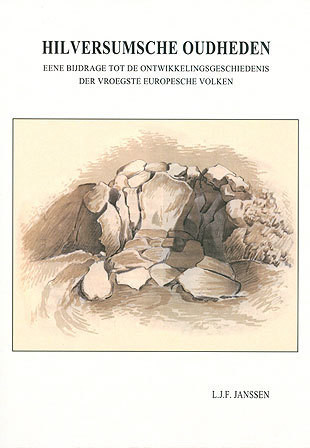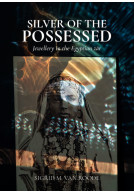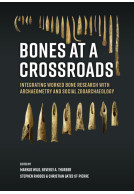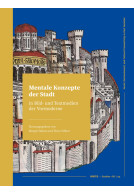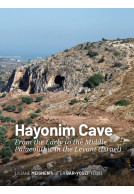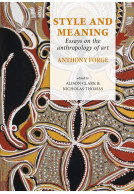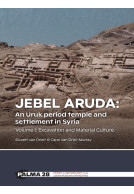Hilversumsche Oudheden (Paperback)
Imprint: Sidestone Press
Pages: 132
ISBN: 9789088900211
Published: 1st December 2009
Script Academic & Professional
Pages: 132
ISBN: 9789088900211
Published: 1st December 2009
Script Academic & Professional
You'll be £40.00 closer to your next £10.00 credit when you purchase Hilversumsche Oudheden. What's this?
+£4.99 UK Delivery or free UK delivery if order is over £40
(click here for international delivery rates)
Need a currency converter? Check XE.com for live rates
(click here for international delivery rates)
Need a currency converter? Check XE.com for live rates
In 1856 L.J.F. Janssen, curator of the Dutch Museum of Antiquities, published his book Hilversumsche Oudheden. Eene bijdrage tot de ontwikkelingsgeschiedenis der vroegste Europesche volken (Translation: Antiquities from Hilversum. A contribution to the history of development of the earliest European peoples ). It will not be surprising that the book is scientifically not completely up to date. However the book is still of interest when considering its historical context. Archaeology, as we know it today, is for an important part based on ideas that were developed in the middle of the 19th century. Between 1830 and 1933, Charles Leyell published his Principles of Geology , stressing that the earth was much older than could be determined from the bible. It was unclear how this related to the history of mankind; it would be three more years before The Origin of Species would be published by Charles Darwin. In 1837 C.J. Thomsen presented his ideas on the different stages in the development of mankind (stone age, bronze age, iron age) in his Leitfaden zur Nordischen Alterthumskunde . In many respects we can consider this period as the beginning of modern science when many things we hold as facts today, were still unclear. Janssen published his book on Hilversum just after his discovery of stone built chambers he called haardsteden . These were interpreted as settlement-traces of the builders of megaliths. This was quite unique, since archaeological research had primarily been focussed on graves and grave-monuments. Janssen concluded that the haardsteden were of Roman age and, consequently, that the three-age system could not be maintained. This led to substantial international attention. The German archaeologist Heinrich Schliemann observed Janssen's finds when visiting Leiden. He regarded them as a confirmation of his own doubts about the three-age system that arose during the excavations of Troy. The book gives a unique perspective on the early days of archaeology as a scientific discipline. It is illustrated with brilliant colour illustrations on foldable pages. To put the book in a broader historical context an introduction was added by Janssen-specialist Wout Arentzen. Text in Dutch.
Other titles in Sidestone Press...







